Medication-assisted treatment can be used for opioid addiction and alcoholism. With either condition, it can help you manage your recovery, starting from withdrawal all the way through the rest of your treatment.
But how does medication-assisted treatment work?
How Does Medication-Assisted Treatment Work During Detox and Treatment?
Medication-assisted treatment works in two time frames:
- First, during detox to help manage withdrawal symptoms and,
- Second, during treatment, to help manage cravings
The way each works is based on the type of medication.
Alcohol MAT
For anyone addicted to alcohol, there are three options that can be used:
- Acamprosate
- Naltrexone
- Disulfiram
Acamprosate is a prescription medication that is designed to help restore GABA and glutamate balance in the brain. It is generally used during treatment to help reduce cravings.
Naltrexone is an antagonist for opioid receptors, so it can block any rewards associated with alcohol. This has been shown to decrease cravings and make it easier for individuals struggling with alcohol addiction to maintain sobriety long-term and to get the most out of the co-occurring therapy sessions.
Disulfiram blocks the liver enzyme that breaks down alcohol byproducts, which means it causes physically unpleasant symptoms like vomiting, nausea, headache, and flushing when an individual consumes alcohol. This is also used during treatment to cause negative symptoms if an individual relapses, which can help overcome the behaviors and reward systems associated with alcohol consumption.
Opioid MAT
For anyone addicted to opioids, there are three main medications that are used with medication-assisted treatment:
- Methadone is a full agonist that generates effects by binding to the opioid receptors
- Buprenorphine is a partial agonist that generates a limited effect by only partially binding to the opioid receptors
- Naltrexone is an antagonist that completely blocks any effect or binding to the opioid receptors
Methadone can be used for opioid addiction. This is a synthetic opioid agonist that is used during the first detox time frame to help prevent some of the more severe withdrawal symptoms.
Methadone can also be used during the second phase of treatment to help block the euphoric impact of opioids, meaning if you do end up using again, you won’t get the same high, which can help change any desire you have to use opioids. At the same time, methadone can help reduce cravings, going a long way toward preventing relapse.
Buprenorphine is another synthetic opioid that is a partial agonist. This means it connects with opioid receptors in your brain the same as an illicit opioid would do, but where illicit opioids would create a high or sedation, buprenorphine won’t.
Why does this matter?
During detox, your opioid receptors will notice the absence of a binding opioid, and that triggers some of the more complicated and painful withdrawal symptoms as well as the cravings. So, by using a medication like a synthetic opioid agonist or partial agonist, you have a medication that binds to those opioid receptors, tricking them into believing that they have an opioid, so they don’t need to trigger the withdrawal symptoms.
Naltrexone is another synthetic opioid that is an antagonist, and it actually blocks any opioids from binding to your opioid receptors. This does a similar thing to the other medications above by preventing any euphoria or sedation. This is typically taken during detox.
How Does Medication-Assisted Treatment Work with Therapy?
Medication-assisted treatment is used with therapy, and the combination of medication and therapy helps to decrease the urges you might have to drink or use opioids, relieve some of the physical Cravings that can interfere with long-term recovery, and help normalize brain chemistry.
The treatment plan you receive for an alcohol or opiate detox program will be highly personalized and work to encourage long-term recovery with the assistance of medications that work best for your circumstances.
Getting MAT with Sequoia Recovery
When you reach out to our team, we will help create a personalized care program for you that includes the right type of medication for your addictions. We will also work with you to develop an appropriate level of care during which time you can receive your ongoing FDA required therapy sessions.
At our treatment center, you can move seamlessly from one level of care to the next and find supportive staff who will monitor your efforts and make recommendations as you complete different levels in your treatment program or move on to outpatient care.
If you are ready to learn more about the way medication assisted treatment can help, contact our team today.

